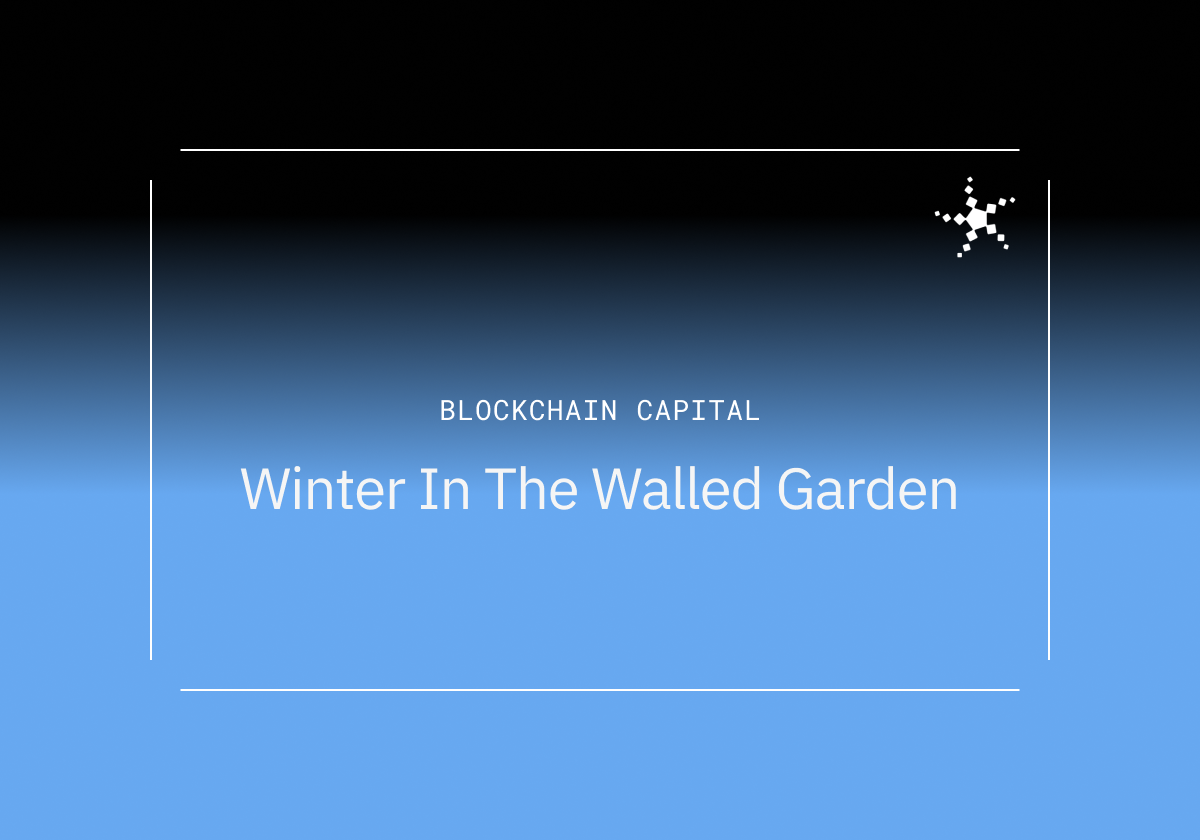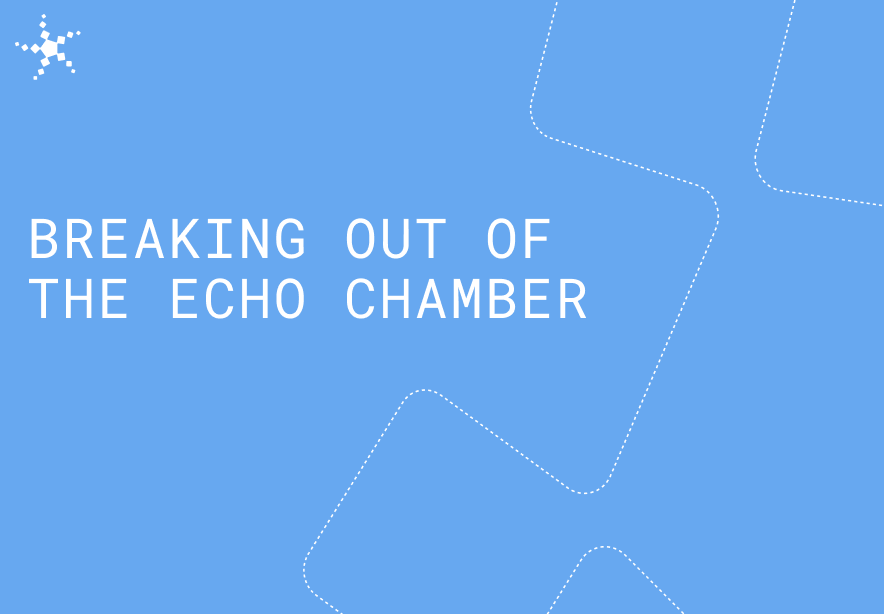
VCs as Keepers: The Rise of Investor Network Participation
Evolution of the value-add investor
Over the last few years there has been record high amounts of venture capital raised and deployed into the growing crypto industry. This has created an environment where, all else equal, the capital itself is a commodity. This is especially true in our industry where there is an abundance of fundraising mechanisms being constantly explored that operate outside the traditional rails.
As a result, founders have realized constructing an optimal fundraising round goes beyond just the freshly injected capital. In fact, when surveyed, CEOs answered that the ability to add value beyond funding was a top evaluation criteria when choosing a VC firm — second only to reputation. Some venture firms lean into this opportunity and use their staff and resources to create alpha by adding asymmetric value back to their portfolio companies. Historically, this has looked like tapping into a VC’s network, access to perks (e.g. discounted SaaS tools), recruiting, experience, office space, etc. While these are still important differentiators we are seeing new avenues for crypto VCs to both add and derive value in the networks they invest in.
The Rise of the Keepers
A key value proposition of decentralized crypto networks is the disintermediation between users and central entities to perform critical tasks. To solve this constraint a new type of market participant was introduced and is now generally referred to as a Keeper. Keepers are actors who perform discrete types of work necessary for the efficient operation of a crypto protocol and in exchange are rewarded a natively denominated asset.
The first such “Keeper network” was introduced within Bitcoin known as the (PoW) Miner. Miners form a coopetition network to provide the critical function of block production (transaction processing) to Bitcoin in exchange for a native BTC denominated reward. As the demand for Bitcoin increased this reward became more desirable, and Miners responded by professionalizing, increasing scale, and reducing margins to maximize market share — a trend we observe across Keeper opportunities.
As laid out in the original Keeper post we can define sub-categories based on relative function within a given network:
- Stakeholders – existing network stakeholders who run relatively lightweight clients for network operation. Stake is often slash-able for non-compliance e.g. PoS.
- Arbitrageurs – actors that search for low/no risk profitable opportunities which keep a protocol efficient and operational. These opportunities are typically zero-sum games and have manifested themselves within the broader domain of MEV.
- Resource Providers – service providers that offer a protocol a necessary resource (storage, computation, liquidity, etc) in exchange for a native asset. For sustainability, networks will need to pay more for these resources than could be fetched elsewhere in order to meet demand.
As new crypto protocols emerge we see this pattern repeated: incentivize third-party actors to provide supply-side services in order to maintain trust-minimized operation. Today, new use cases have resulted in an explosion of services covering an array of new protocol actions including validating, attesting, arbitraging, bridging, storing, transcoding, liquidating, rendering, relaying, market making, and more. Just recently the Ethereum merge introduced the Block Builder, and in the future zero-knowledge protocols will likely enable specialized proving services to come to market.
VCs and the Keeper landscape
Around 2018, the crypto VC community including firms like CoinFund, Placeholder, and Notation began covering the category. Like all emergent categories, naming conventions are A/B tested in real time and included Productive Capital, Mining 2.0, and Generalized Mining. Besides defining the category, each reached a similar conclusion: investors are well suited to be active network participants. When considering our Keeper types above we see particular alignment with the Stakeholder:
- Increase probability of portfolio success by bootstrapping liquidity, governance, and/or decentralization.
- Fiduciary duty to LPs to mitigate unnecessarily dilution.
- Opportunity to increase ownership by providing a value-add service.
- Take first-hand operational learnings to inform future deals.
Beyond bootstrapping liquidity, governance, and/or decentralization, other Keeper activities are often better suited to specialist entities focused on optimizing around their specific niche. Arbitrageurs and Resource Providers are in direct competition with others in their respective category and benefit greatly by increasing their margins with scale, proprietary methods, and operating knowledge. For example, MEV searching has (in)famously become an adversarial environment where deep specialized knowledge in areas like EVM gas optimization, low latency code execution, networking, and capital management will dictate success or failure. It’s clear to see this expertise falls outside most of the VC skillset.
BCAP’s role as a Keeper
Over the 10 year tenure of our firm we have actively invested in the Keeper vertical early on including notable companies like Blockstream and Bitfury, and more recently Bison Trails (acq. by Coinbase), RADAR (acq. by Core Scientific), Blocknative, CowSwap, and Forta. Over the last year we have ramped up our internal network participation efforts through the inception of our Research Engineering team created by Ryan, and bringing on former RADAR co-founders Alan and Caleb who operated a profitable Keeper business spanning dozens of protocols.
And we aren’t stopping there – expect more from us soon on how we’ll be scaling up these efforts to support our growing portfolio of 170+ companies. If you want to get involved in this work or discuss please don’t hesitate to reach out contact@blockchaincapital.com.
Disclosures: Blockchain Capital is an investor in several of the protocols mentioned above. The views expressed in each blog post may be the personal views of each author and do not necessarily reflect the views of Blockchain Capital and its affiliates. Neither Blockchain Capital nor the author guarantees the accuracy, adequacy or completeness of information provided in each blog post. No representation or warranty, express or implied, is made or given by or on behalf of Blockchain Capital, the author or any other person as to the accuracy and completeness or fairness of the information contained in any blog post and no responsibility or liability is accepted for any such information. Nothing contained in each blog post constitutes investment, regulatory, legal, compliance or tax or other advice nor is it to be relied on in making an investment decision. Blog posts should not be viewed as current or past recommendations or solicitations of an offer to buy or sell any securities or to adopt any investment strategy. The blog posts may contain projections or other forward-looking statements, which are based on beliefs, assumptions and expectations that may change as a result of many possible events or factors. If a change occurs, actual results may vary materially from those expressed in the forward-looking statements. All forward-looking statements speak only as of the date such statements are made, and neither Blockchain Capital nor each author assumes any duty to update such statements except as required by law. To the extent that any documents, presentations or other materials produced, published or otherwise distributed by Blockchain Capital are referenced in any blog post, such materials should be read with careful attention to any disclaimers provided therein.
No Results Found.








.jpg)



.png)
.png)
